Celebrating Sepedi Traditional Dresses: Beauty Beyond Compare
Celebrating Sepedi Traditional Dresses: Beauty Beyond Compare
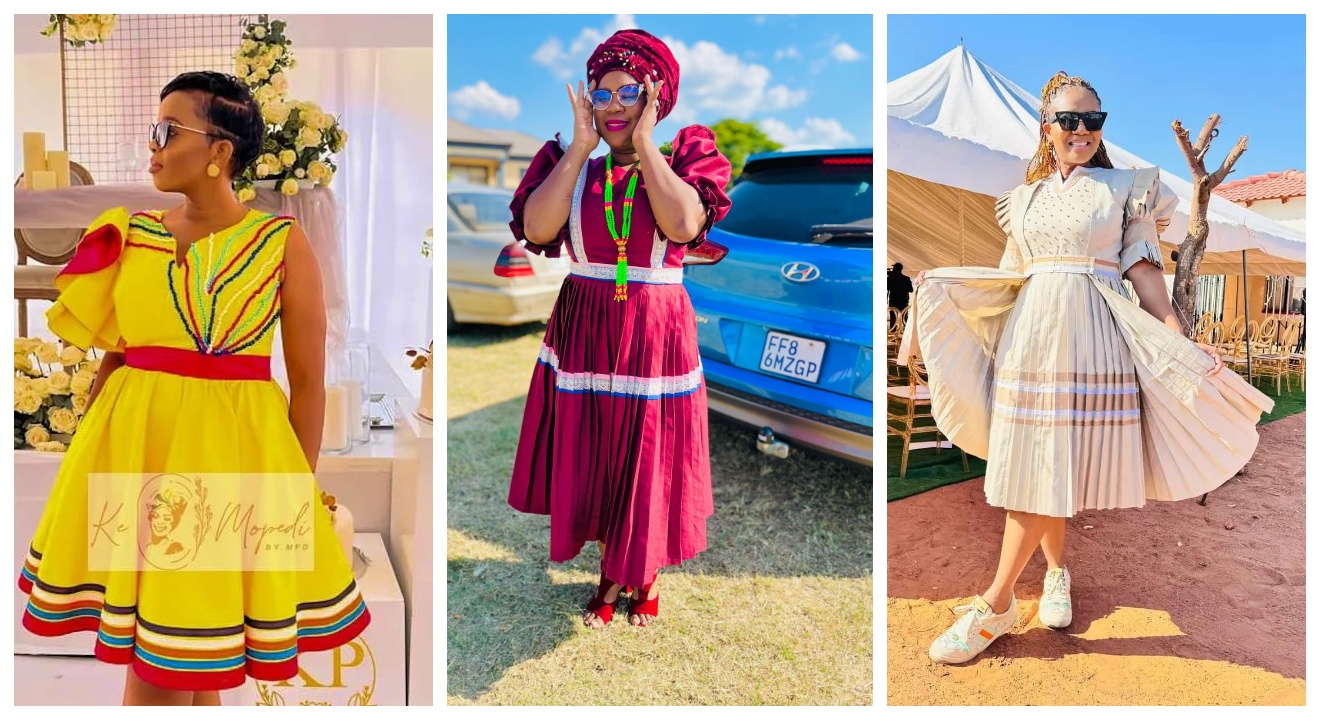
Introduction
Celebrating Sepedi Traditional Dresses: Beauty Beyond Compare
Background on Sepedi traditional dresses
Sepedi traditional dresses are an integral part of the rich cultural heritage of the Sepedi people in South Africa. These dresses are characterized by their vibrant colors, intricate patterns, and exquisite craftsmanship. Made from locally sourced fabrics such as shweshwe, the dresses showcase the creativity and skill of the Sepedi community. Each dress tells a story and represents the history, traditions, and values of the Sepedi people.
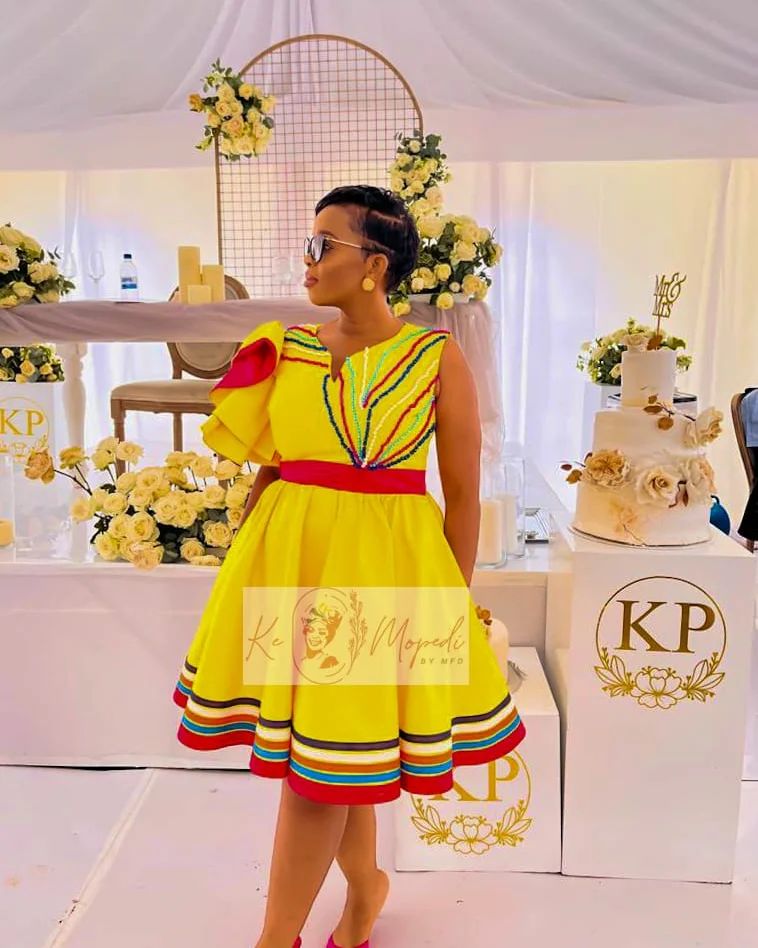
Importance of celebrating Sepedi culture through traditional dresses
Celebrating Sepedi culture through traditional dresses is essential for preserving the cultural identity of the Sepedi community. It is a way of honoring the ancestors, passing down traditions, and instilling a sense of pride and belonging among the younger generation. These dresses are not just pieces of clothing; they embody the spirit of Sepedi culture and are a symbol of cultural resilience and unity. By embracing and promoting Sepedi traditional dresses, we can ensure that this rich cultural heritage continues to thrive for generations to come.
History of Sepedi Traditional Dresses
Origins of Sepedi Traditional Dresses
Sepedi traditional dresses have a deep-rooted history in the cultural heritage of the Sepedi people in South Africa. These dresses can be traced back to ancient times when the Sepedi community embraced a distinctive style of clothing that reflected their identity and traditions. The dresses were initially crafted using locally sourced fabrics such as shweshwe, which added to their unique charm.
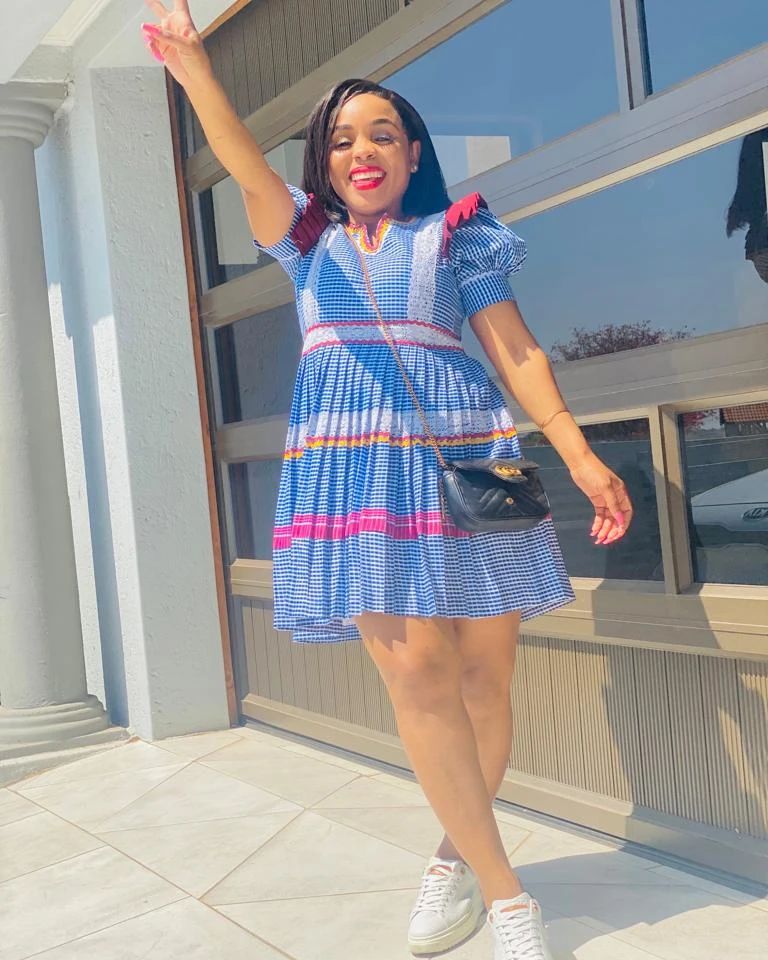
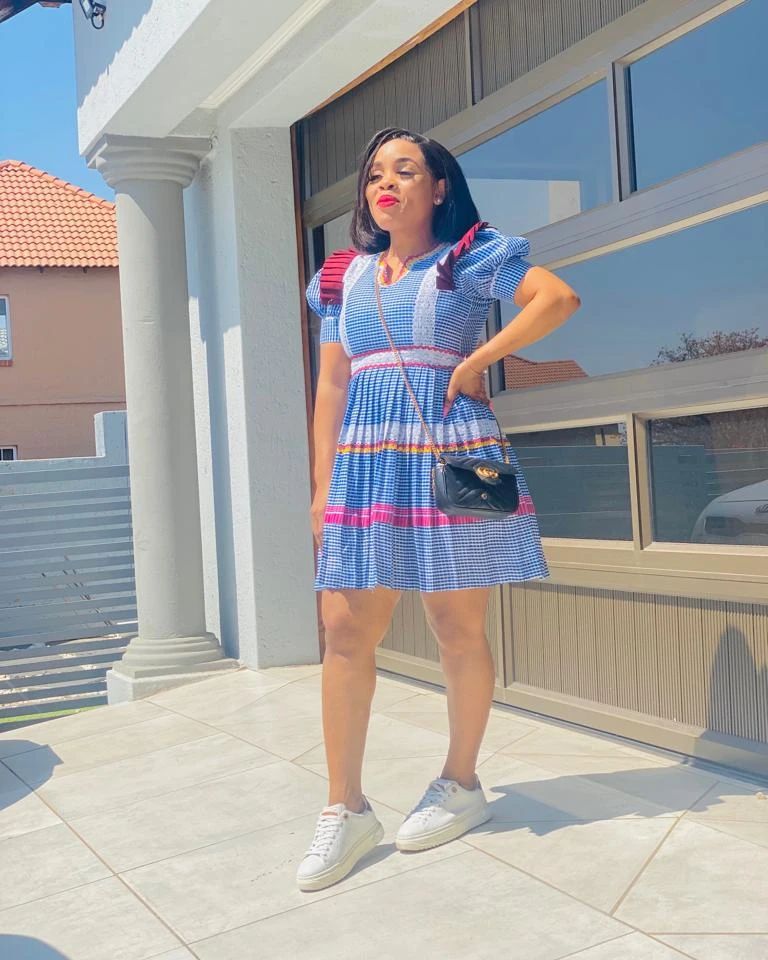
Evolution and Changes over Time
Over the years, Sepedi traditional dresses have evolved and undergone changes that reflect the influences of different eras and cultural exchanges. While still maintaining their vibrant colors and intricate patterns, the dresses have incorporated modern elements and design aesthetics. Today, Sepedi traditional dresses continue to be a symbol of cultural pride and a way for the Sepedi people to showcase their rich heritage.
The evolution of Sepedi traditional dresses demonstrates the resilience and adaptability of the Sepedi culture. These dresses stand as a testament to the enduring traditions and values of the Sepedi community, while also embracing the diversity and changes of the modern world. Whether it’s through the preservation of traditional designs or the incorporation of contemporary elements, Sepedi traditional dresses continue to captivate and celebrate the beauty of the Sepedi culture.
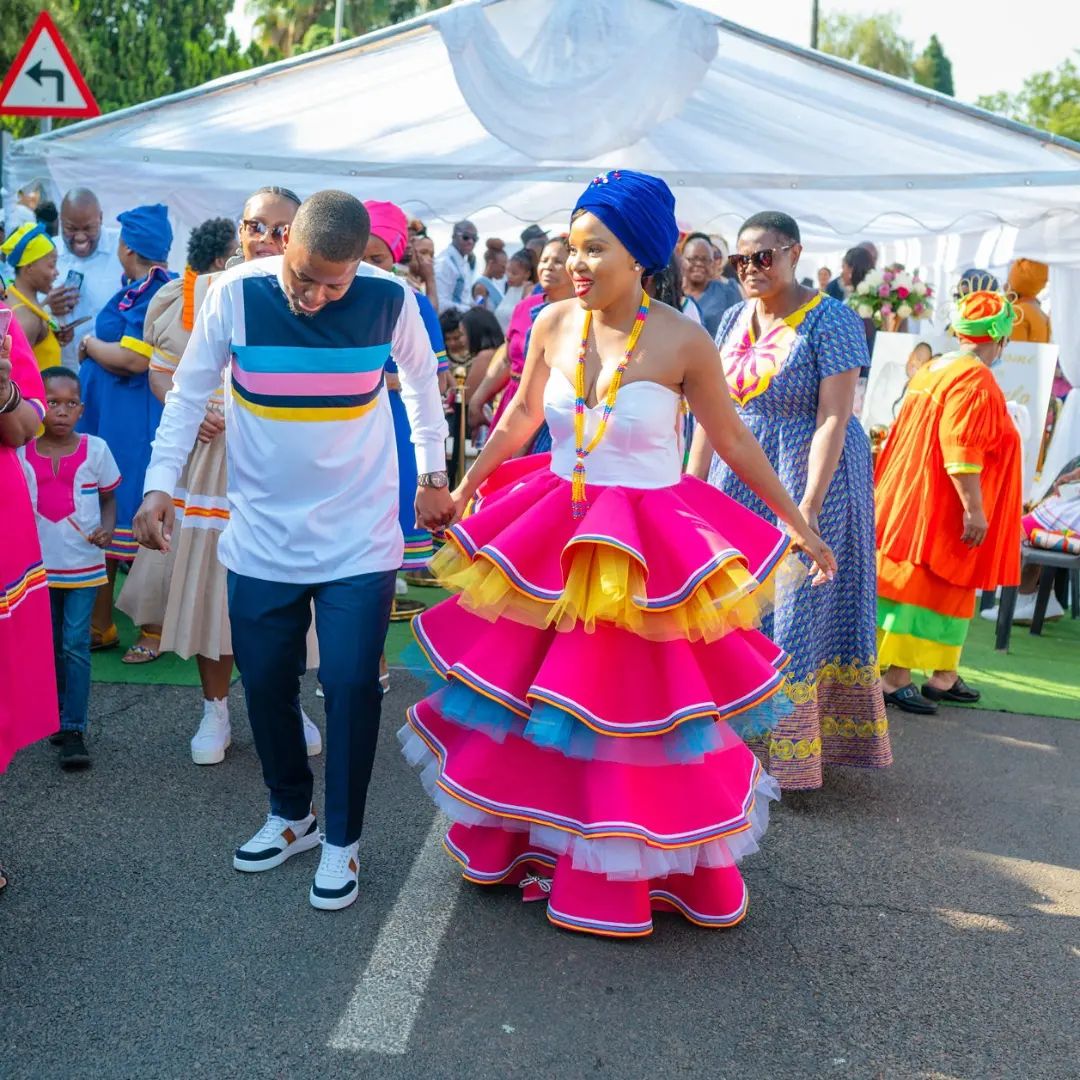
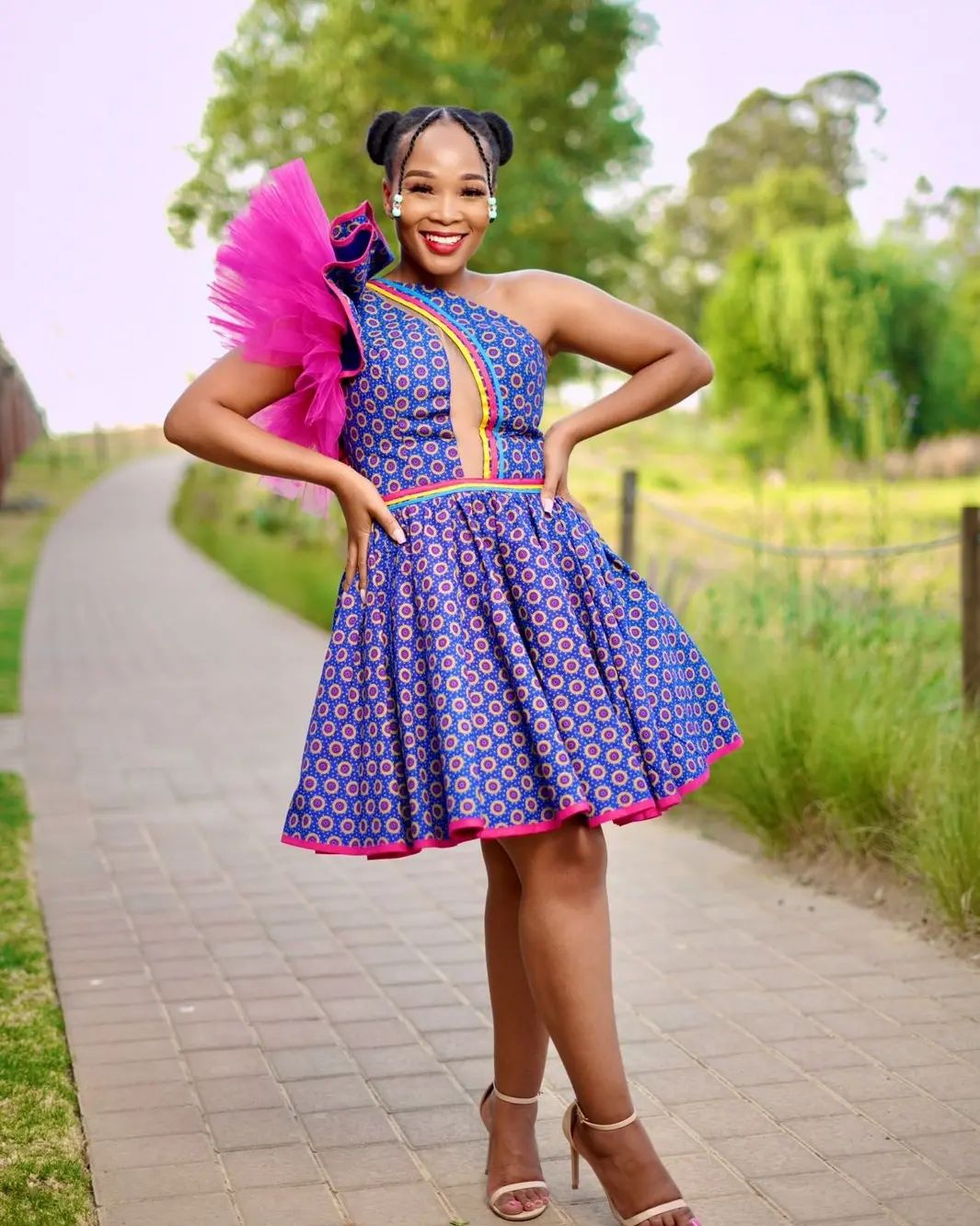
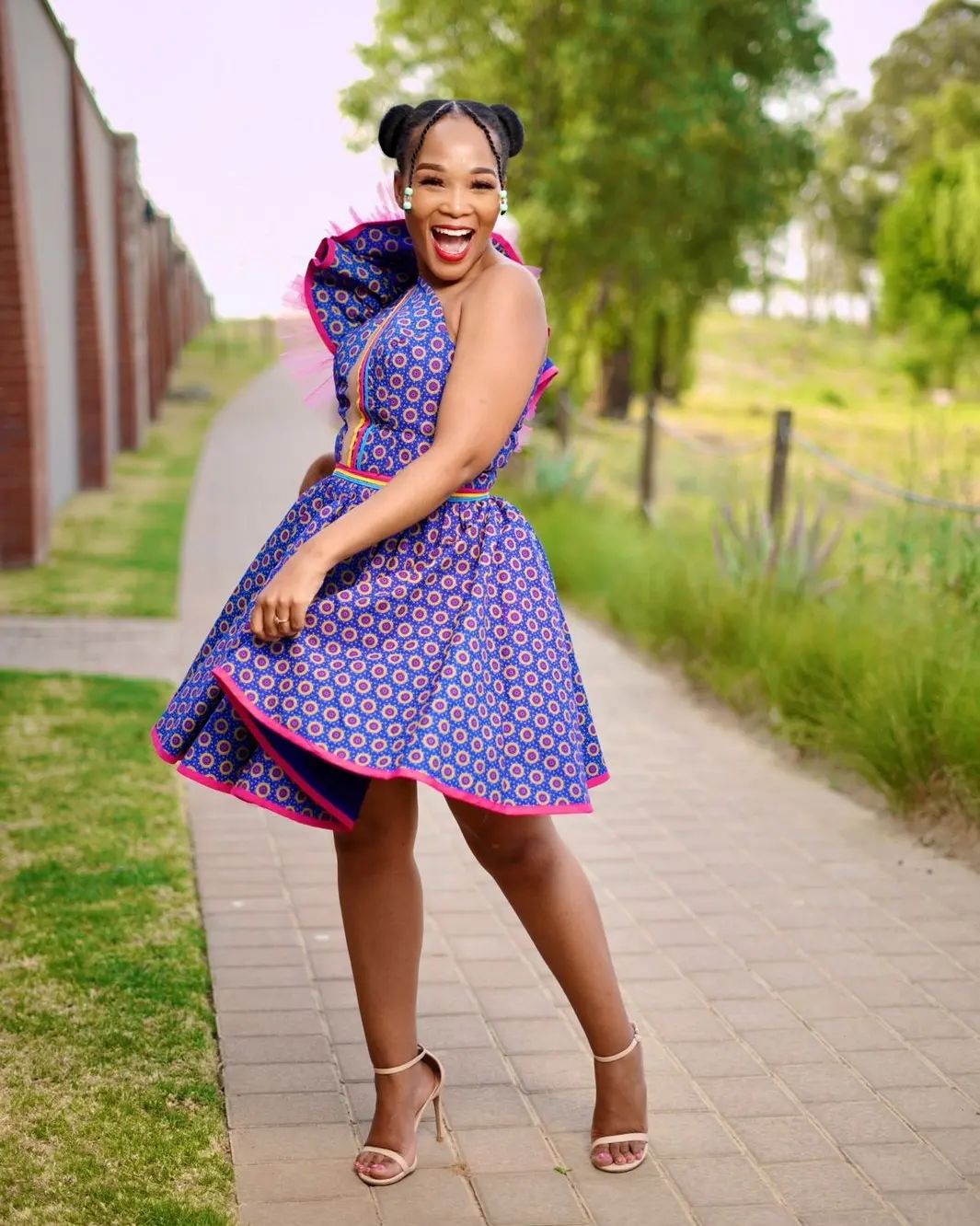
Types of Sepedi Traditional Dresses
Kgano (Blanket) Dress and Accessories
The Kgano dress is a quintessential part of Sepedi traditional attire. It is often made from a thick, warm blanket fabric adorned with intricate patterns and vibrant colors that symbolize the individual’s cultural heritage. The Kgano dress is typically worn on special occasions like weddings, initiation ceremonies, and other cultural celebrations.
To complete the Kgano look, traditional accessories such as beadwork necklaces, bracelets, and headpieces are worn. These accessories are meticulously crafted and serve as a reflection of the wearer’s status and cultural significance. They add an extra touch of elegance and beauty to the overall ensemble.
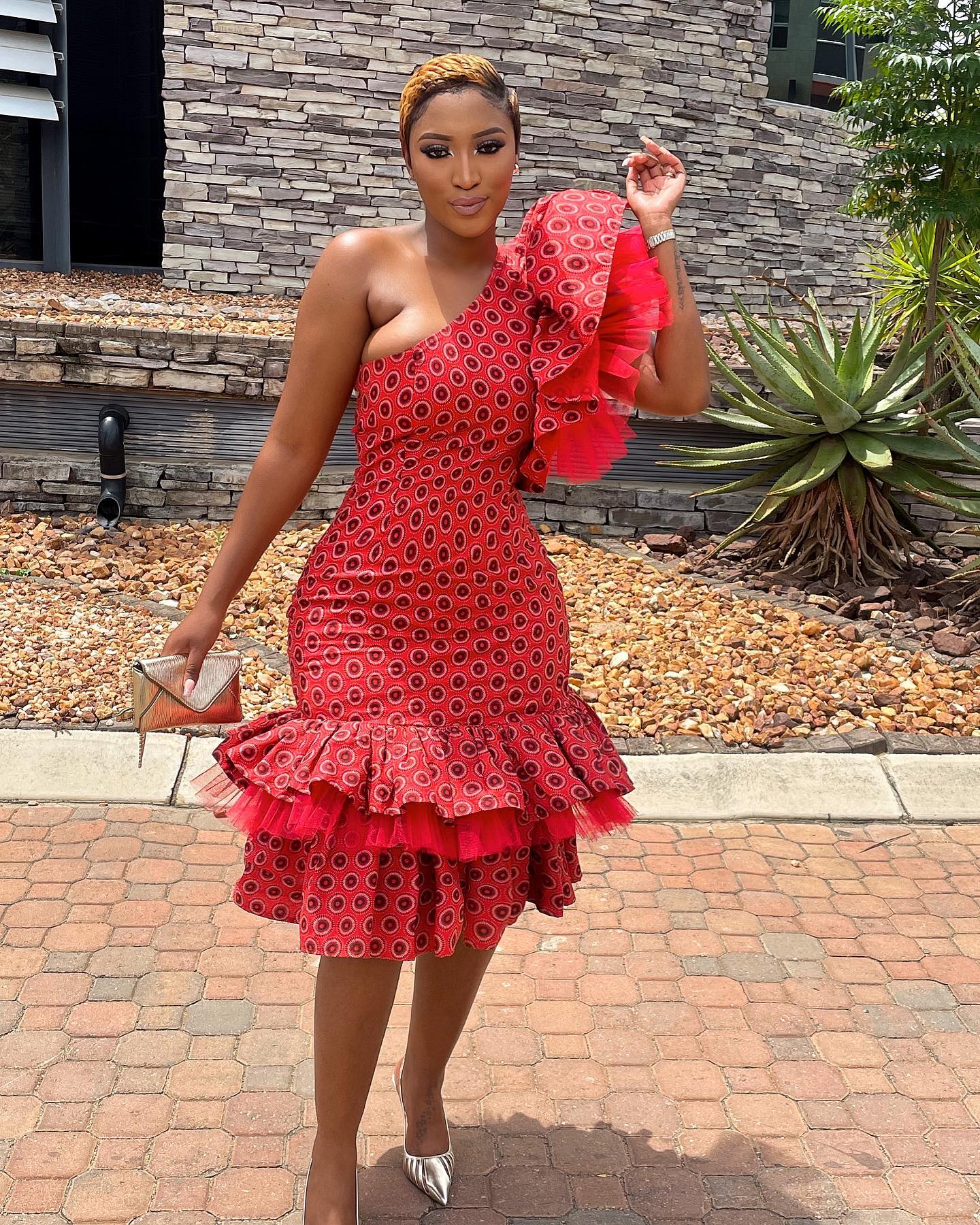
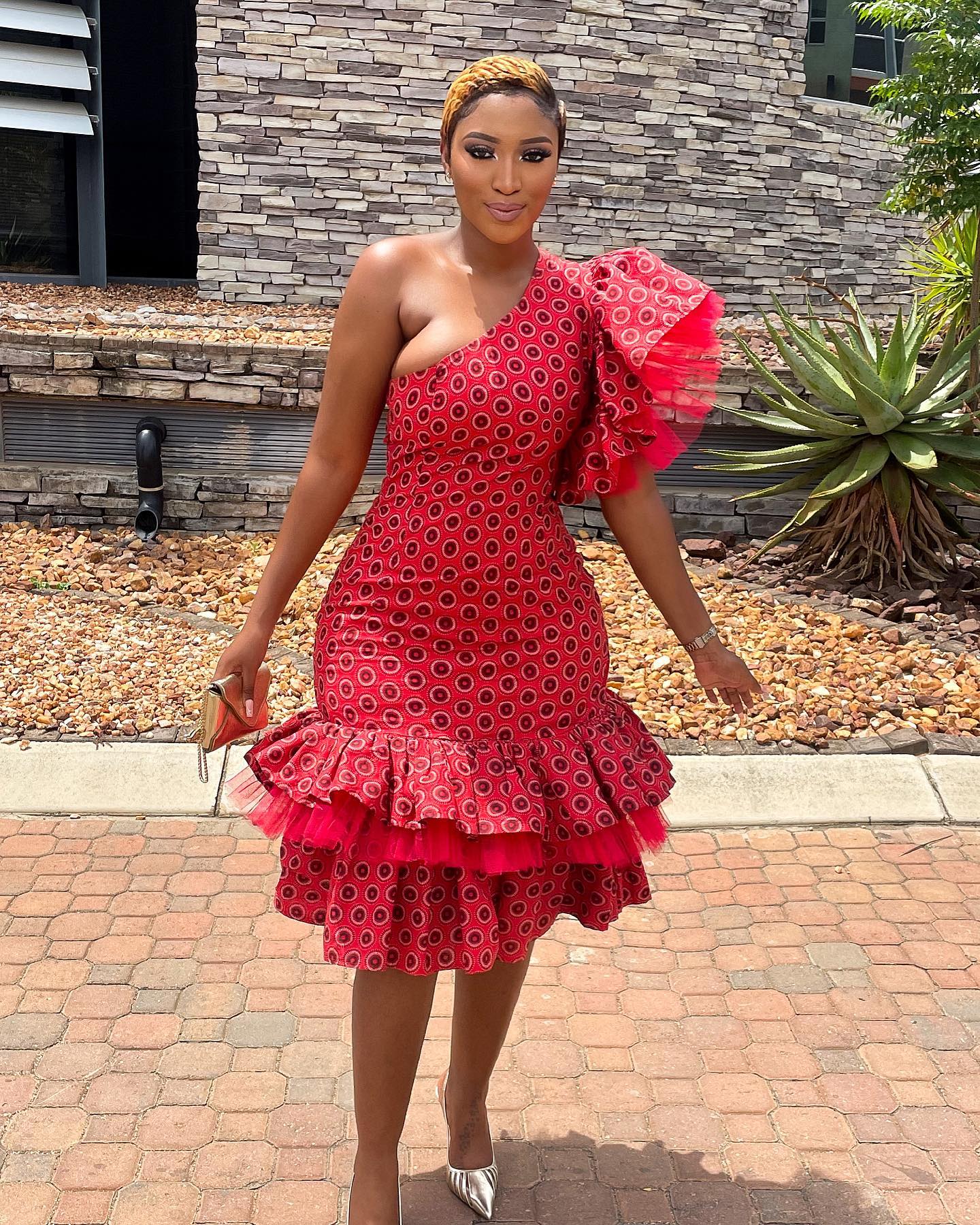
Mokhoma (Leather) Dress and Embellishments
The Mokhoma dress is another prominent style of Sepedi traditional attire. It is characterized by its use of leather as the main fabric. The dress is often adorned with intricate beadwork and embroidery, showcasing the craftsmanship and artistry of the Sepedi people.
Leather-based accessories like belts and bags complement the Mokhoma dress, adding a touch of authenticity and uniqueness to the outfit. These accessories are skillfully crafted using traditional techniques, making them not only functional but also visually appealing.
Sepedi traditional dresses, such as the Kgano and Mokhoma, are more than just clothing; they are a celebration of the beauty and diversity of the Sepedi culture. They represent a rich history and heritage that continues to be cherished and passed down through generations. These dresses are not only stunning to look at but also serve as a reminder of the importance of preserving and celebrating cultural traditions.
Significance and Symbolism of Sepedi Traditional Dresses
Sepedi traditional dresses hold immense significance and symbolism within the rich cultural heritage of the Sepedi people. These dresses go beyond mere clothing; they are a celebration of cultural identity, pride, and a way to express the deep-rooted traditions of the community.
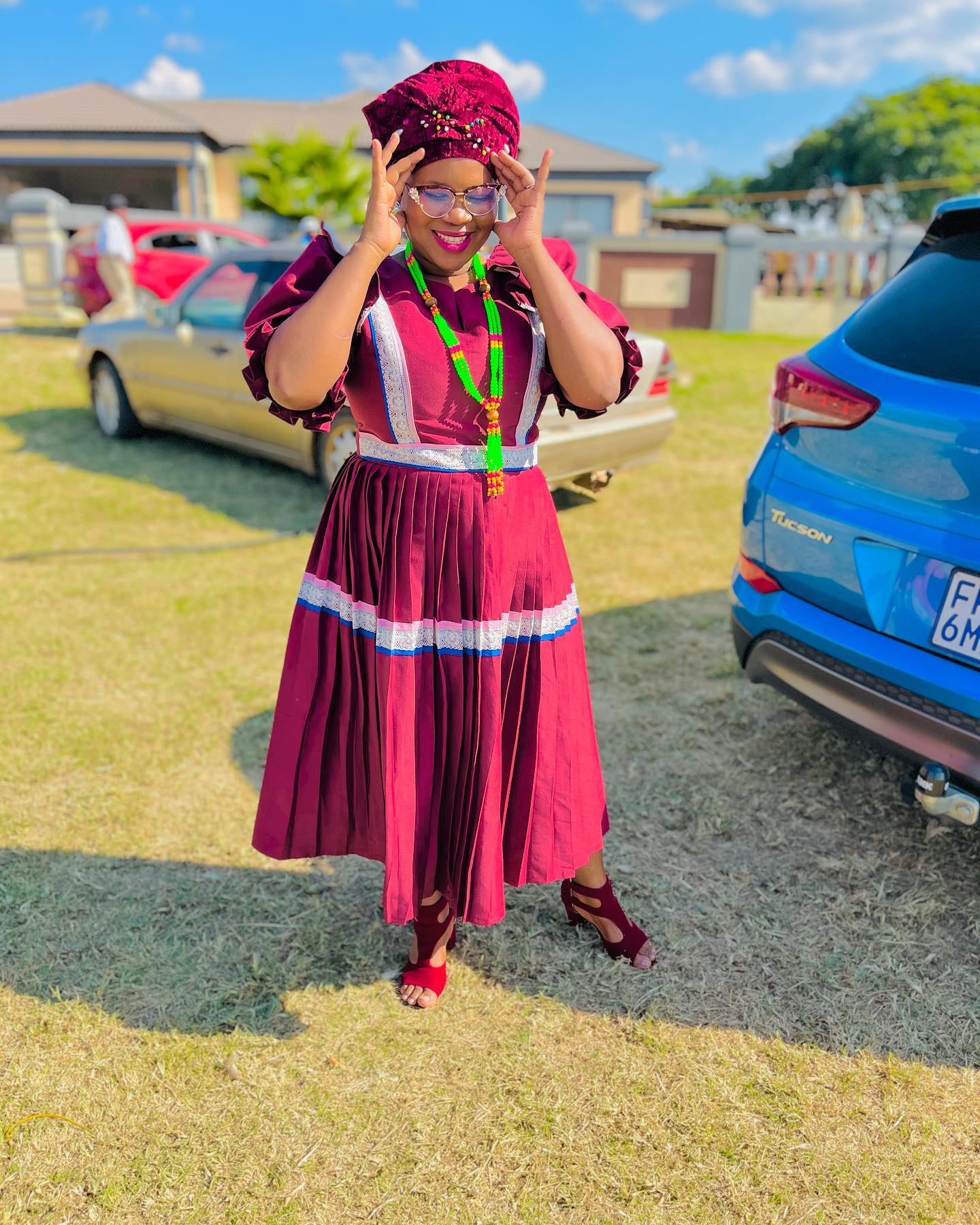
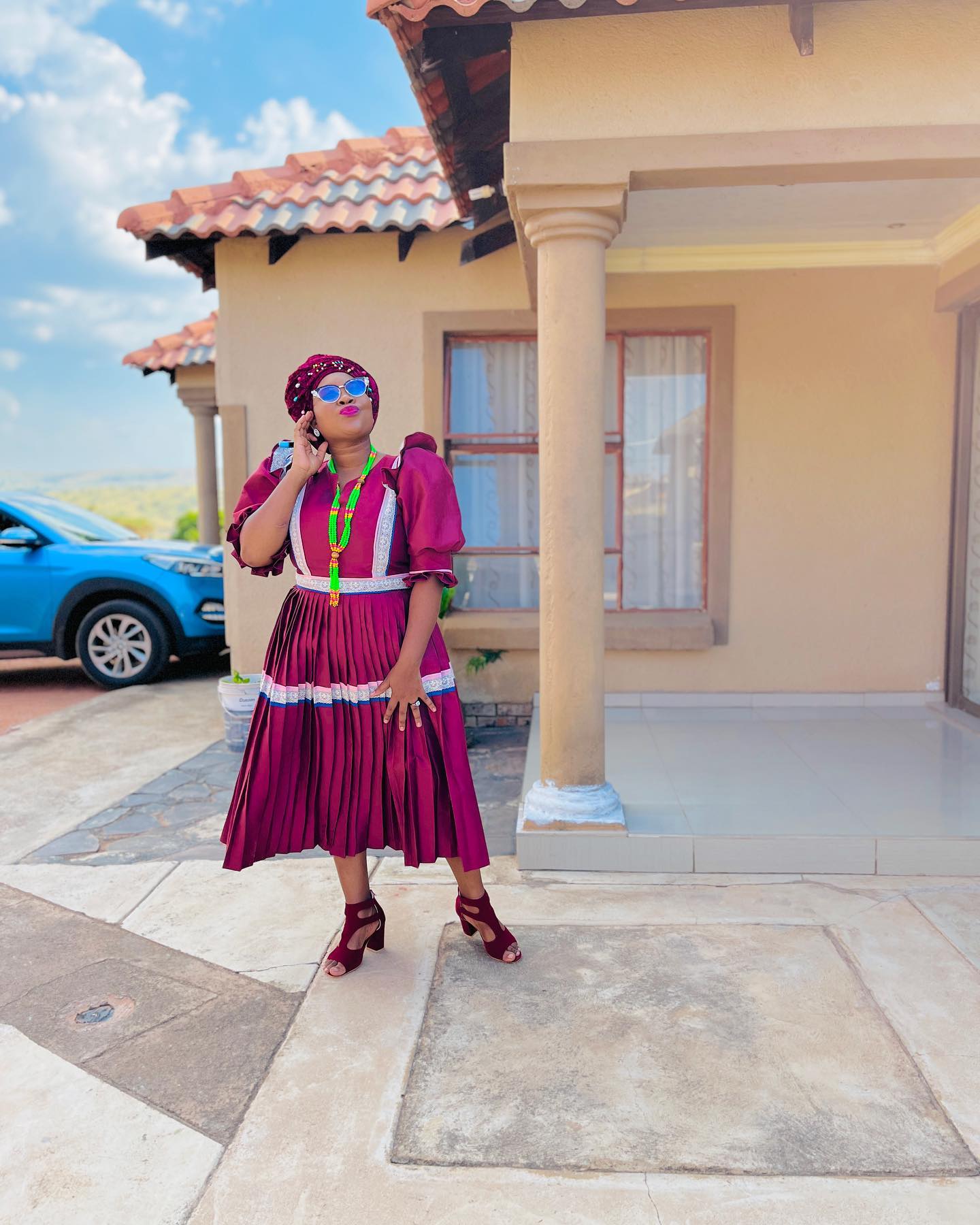
Cultural identity and pride
Wearing Sepedi traditional dresses, such as the Kgano and Mokhoma, is a way for individuals to proudly showcase their cultural identity. The intricate patterns, vibrant colors, and unique designs of these dresses symbolize the rich history and traditions of the Sepedi people. By embracing and wearing these dresses, individuals can connect with their cultural roots, fostering a sense of belonging and pride.
Expressions of heritage and traditions
Sepedi traditional dresses serve as expressions of the Sepedi people’s heritage and traditions. Each dress is meticulously crafted and adorned with beadwork, embroidery, and other embellishments that showcase the artistry and craftsmanship of the community. These dresses represent the knowledge and skills passed down through generations, preserving the essence of Sepedi culture. They are a visual representation of the community’s values, beliefs, and customs, allowing individuals to share and celebrate their heritage with others.
In conclusion, Sepedi traditional dresses hold immense cultural significance and symbolism. They not only allow individuals to proudly display their cultural identity but also serve as expressions of the community’s rich heritage and traditions. By wearing these dresses, individuals celebrate the beauty and diversity of the Sepedi culture, creating a link between the past, present, and future generations.
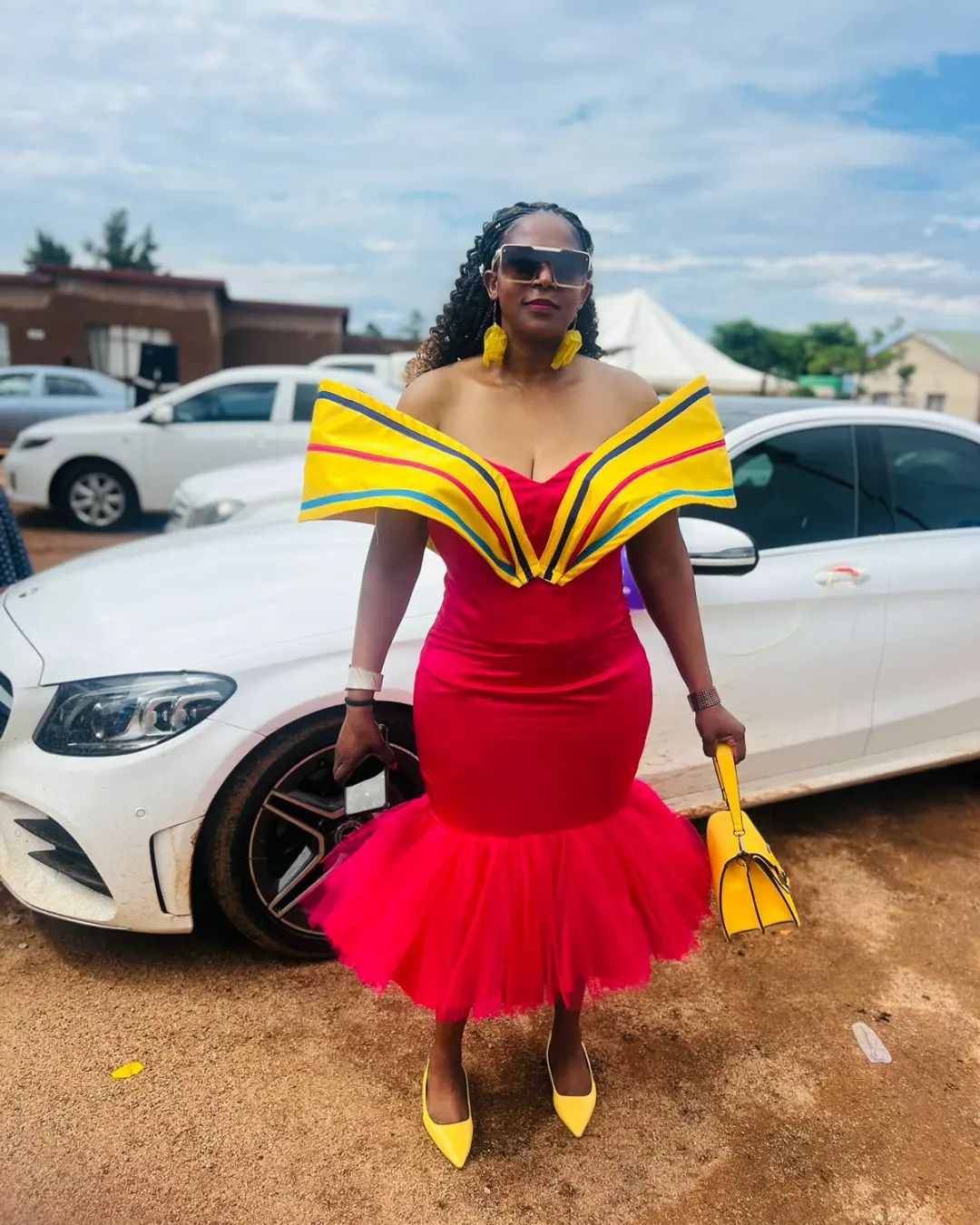
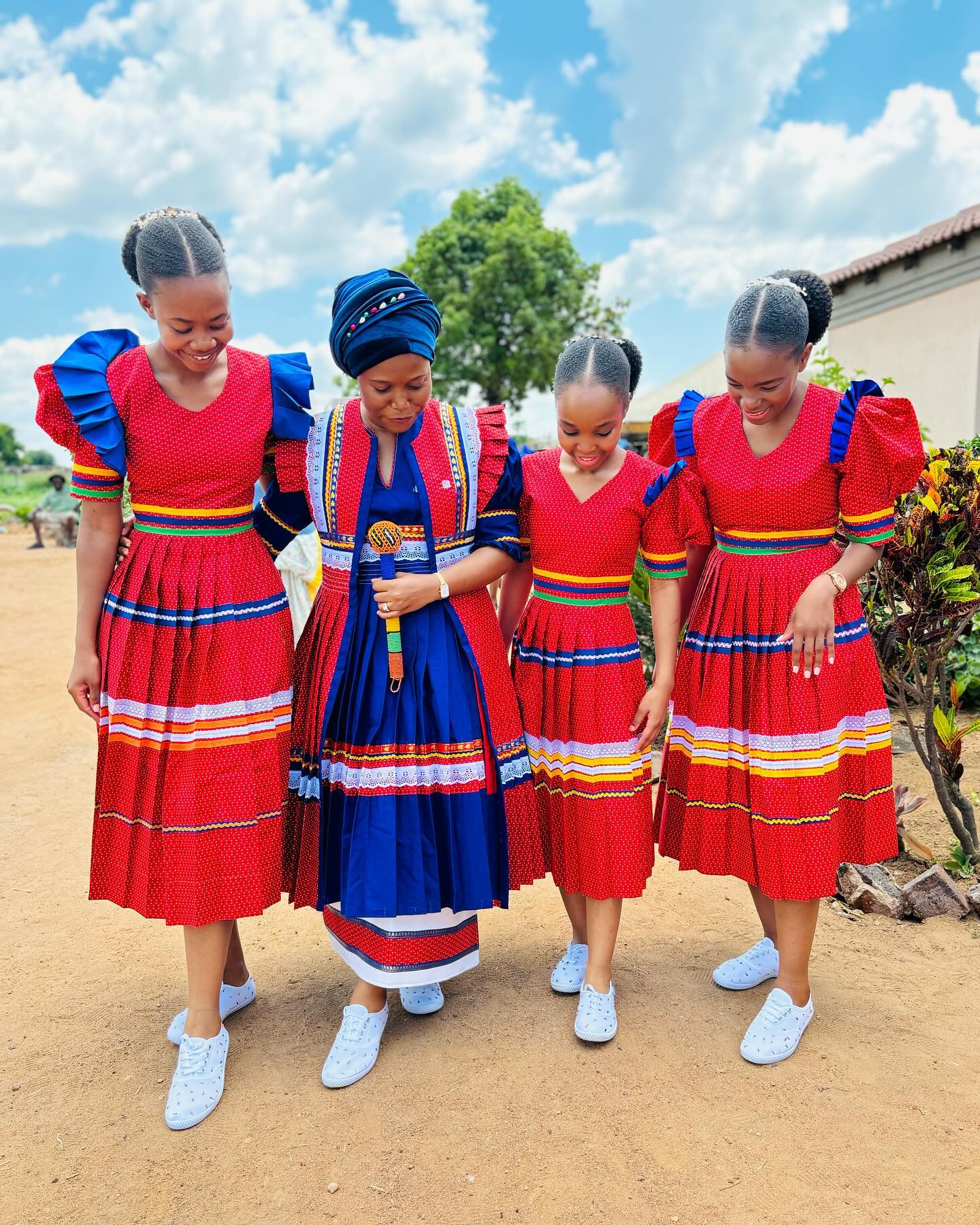
Modern Influences and Contemporary Designs
Incorporation of modern fashion trends
Sepedi traditional dresses have not been immune to the influence of modern fashion trends. While still embracing their cultural roots, designers have incorporated contemporary elements to create a fusion of tradition and modernity. This can be seen in the choice of fabrics, silhouettes, and patterns. The incorporation of modern fashion trends ensures that Sepedi dresses remain relevant and appealing to younger generations who seek a balance between tradition and current fashion styles.
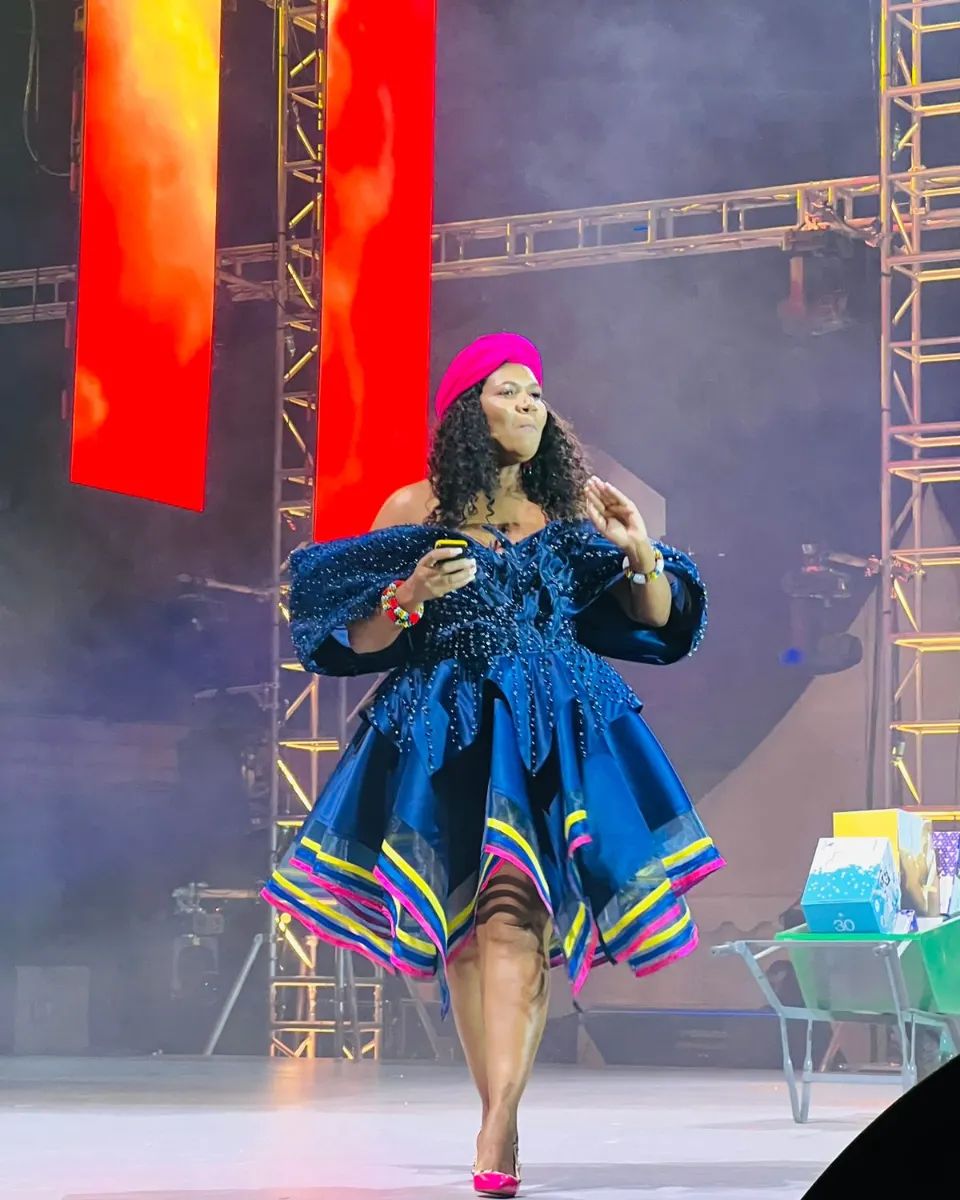
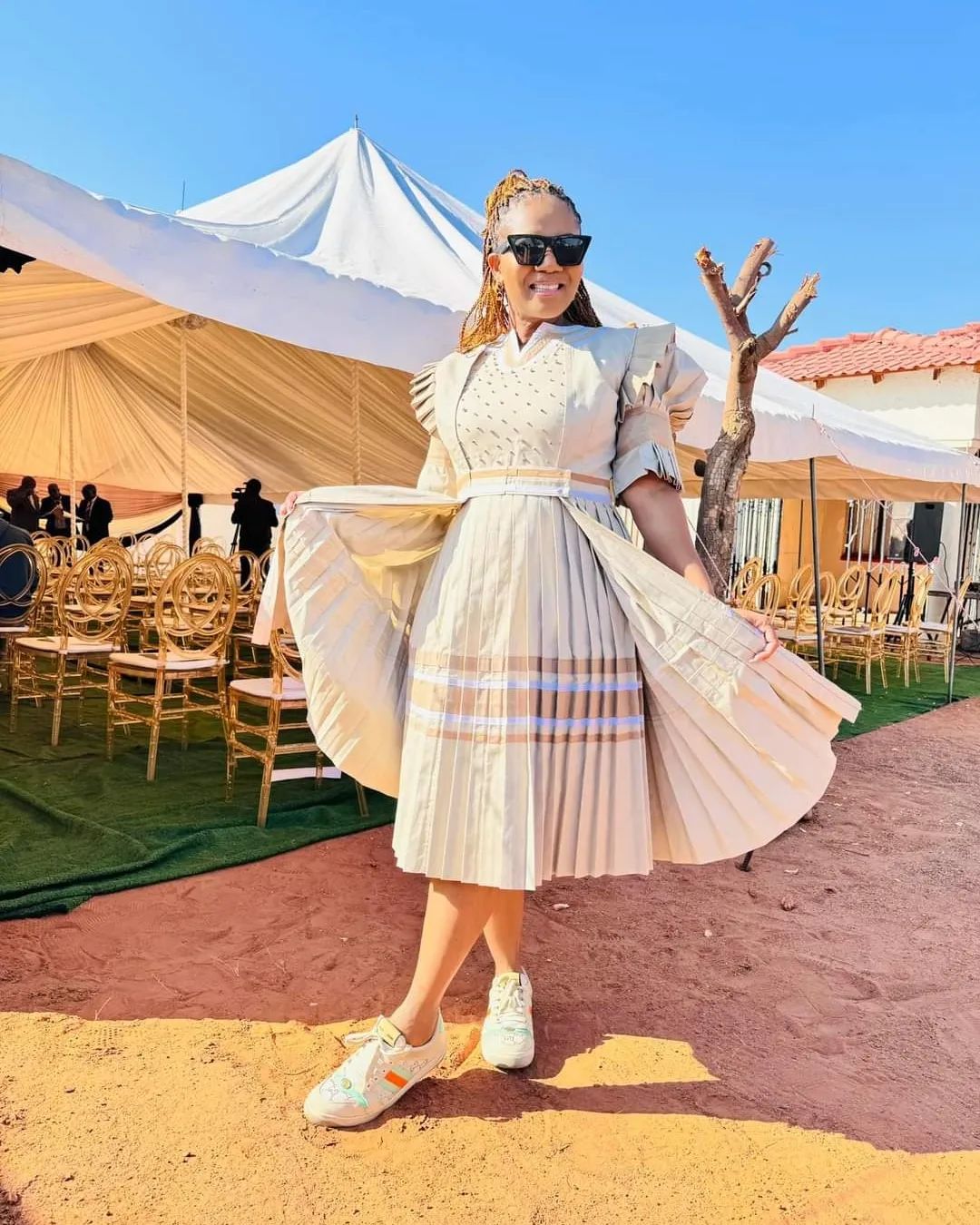
Celebrity and social media influences
The rise of celebrities and social media has played a significant role in increasing the popularity of Sepedi traditional dresses. Celebrities showcasing these dresses on red carpets and social media platforms have created a buzz around the beauty and intricacy of the designs. This exposure has not only made Sepedi traditional dresses more accessible and desirable but has also encouraged younger generations to embrace their cultural heritage and proudly wear these garments. The influence of celebrities and social media has helped to preserve and promote the cultural significance of Sepedi traditional dresses in the modern world.


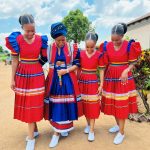








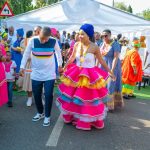



Comments are closed.